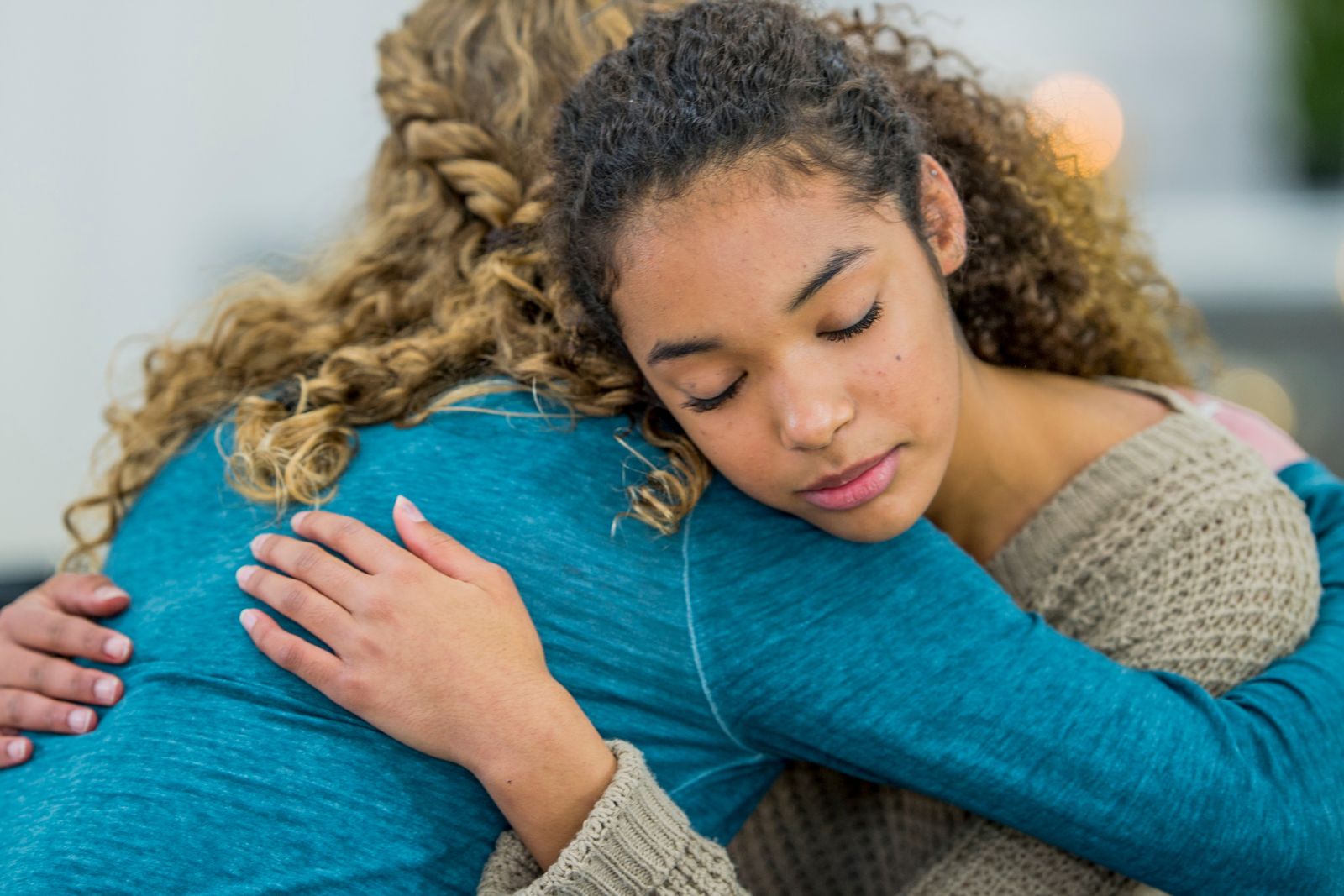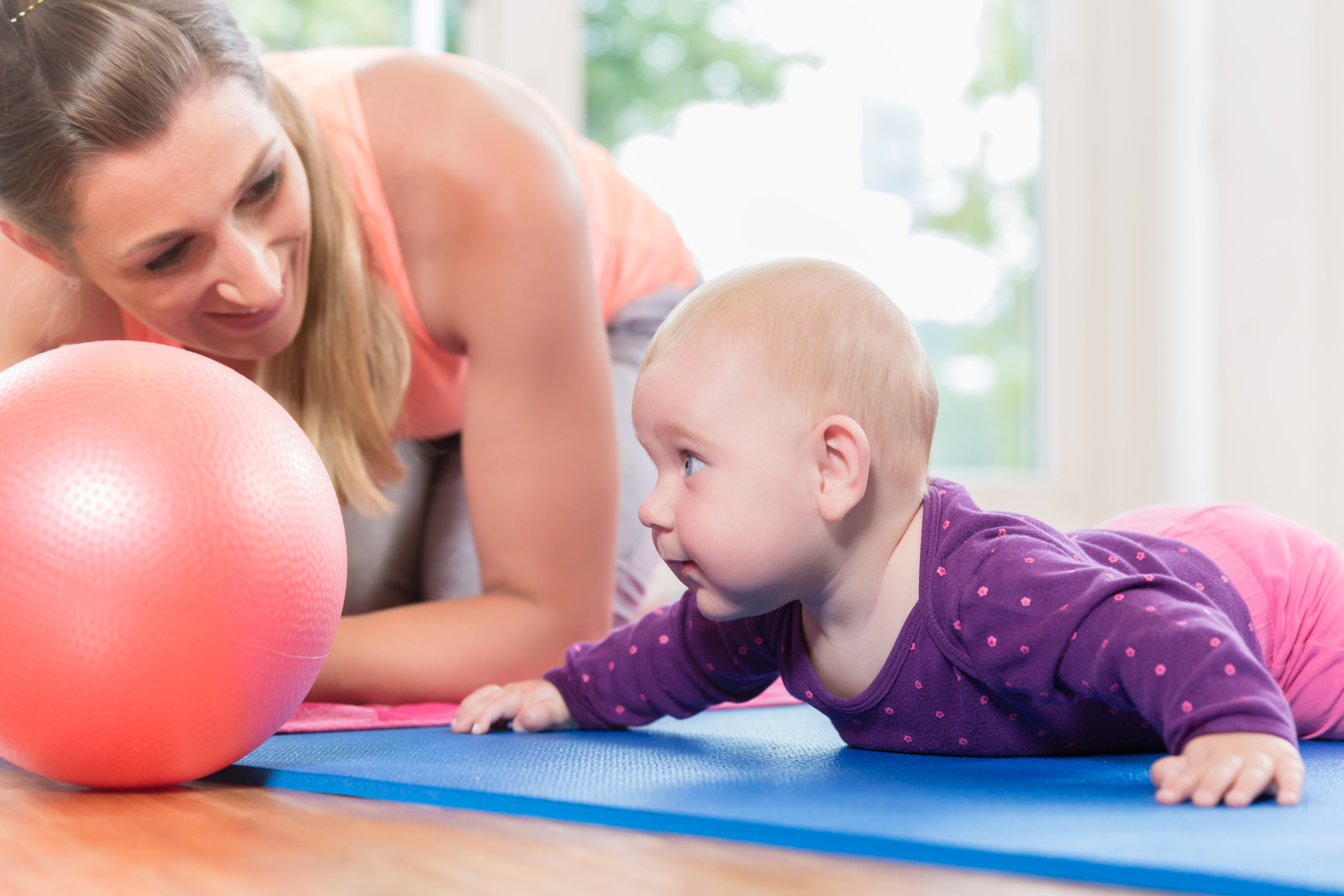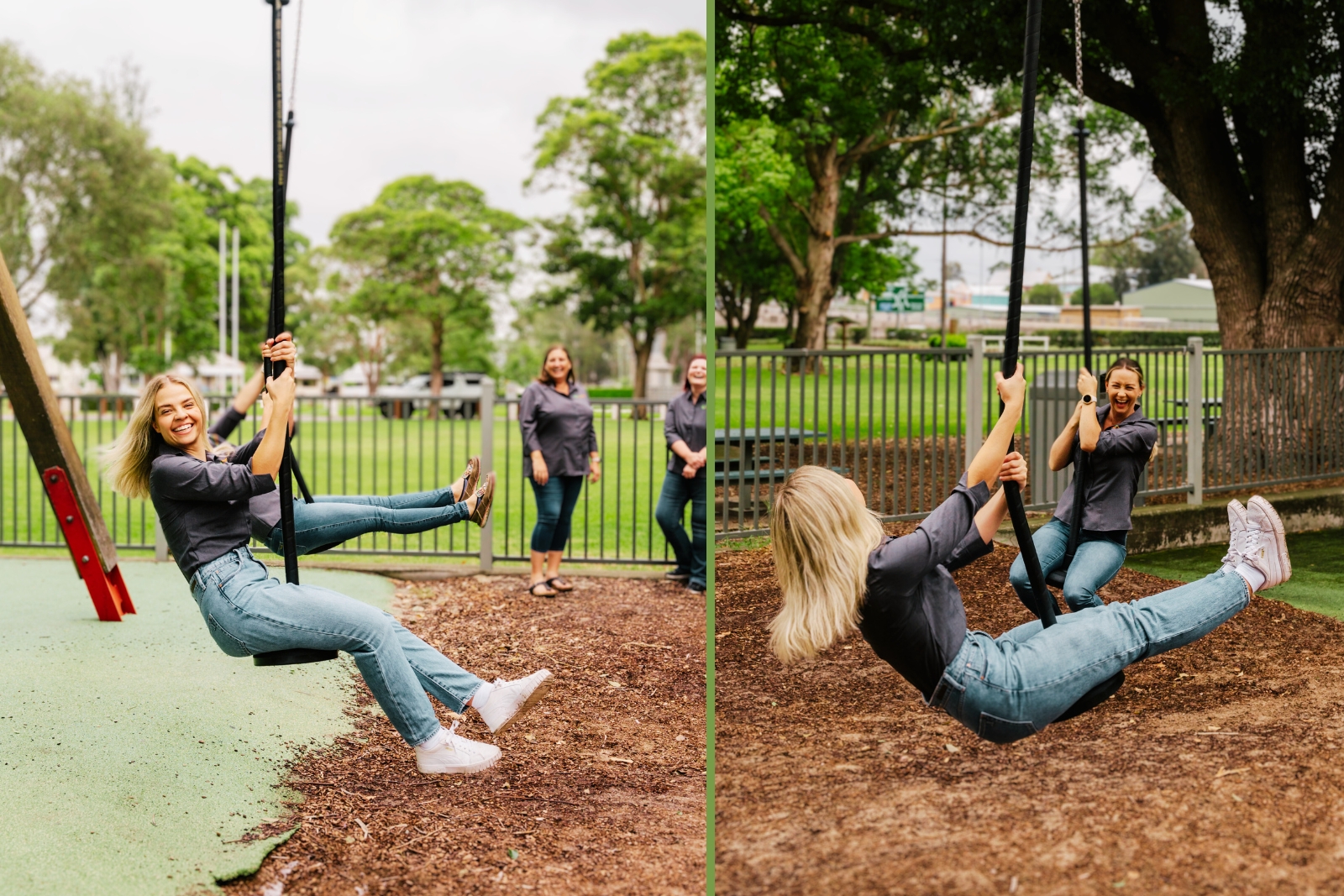
OT WEEK – CELEBRATING 80 YEARS OF CONNECTION
21st to 27th October (Week 3, Term 4)
OT Week is a special time for Occupational Therapists. It’s an opportunity to reflect on the evolution of our profession, celebrate our journey professionally and individually, and share the Occupational Therapy profession with others in the community.
This October, in OT Week, Occupational Therapy Australia is excited to celebrate 80 years since the formation of the Occupational Therapist Club in Australia, which later became the Australian Association of Occupational Therapists (AAOT) in 1945. In 2009, all state divisions joined together under Occupational Therapy Australia, bringing our profession together under one national body.
Although Occupational Therapy as a profession dates back much further (it began in America in the 1910s-1920s), we are still a young and evolving profession that is making significant strides across the globe.
World OT Day – October 27
As part of OT Week, we celebrate World OT Day on October 27, a worldwide event led by the World Federation of Occupational Therapists (WFOT). This year’s theme is Occupational Therapy for All, emphasising the importance of inclusion and the far-reaching impact of OT.
Did You Know?
- No referral is needed for OT services.
- Self-referrals are welcome at any stage.
- Medicare rebates are available through selected health plans with your GP.
- Most Private Health Insurance plans cover OT services.
- OT supports people across their lifespans, from babies to aged care, from equipment to home modifications, from cognitive skills to physical skills, and everything in between!!
- “Occupation” in OT refers to everything you do, not just paid work, but all activities that are meaningful to you.
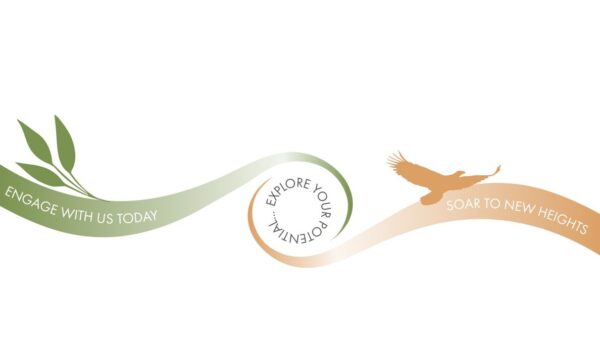
Explore Your Potential with Us!
At Explore and Soar, we are passionate about empowering children and families.
Explore your potential through individual sessions, group sessions, intensives, education, and connection.
Soar to new heights when we work alongside you and your child to reach the goals that you and your child set.
Engage with us today by phone, email, or via our online contact form to find out how we can help you Explore and Soar.
What Does Connection Mean to Us?
To mark OT Week, our Explore and Soar team brainstormed what Occupational Therapy for all and what connection means to them. Here are a few highlights from our discussion:
- Supporting the Whole Family: When we work with children, we extend our care to the family as a whole. OTs are brilliant at considering the broader lens of what is happening around and for their clients, creating a nurturing environment for families.
- The Importance of Connection: Connection is vital for our survival. Just as animals seek out connections within groups to maintain their species, humans also need connections for physical and mental health. Connection is ingrained in us from birth — for instance, a mother’s autonomic hormonal release occurs to her baby’s cry. This is a clear indicator of the power of connection.
How We Foster Connection at Explore and Soar
- Peer Groups: Our peer group programs are a great way to bring children with similar goals together, fostering friendships and growth.
- Sip n’ Soar: During lockdowns, we ran virtual meetups for parents to provide connection and support. Is this something you’d like us to bring back? Let us know!
- Stay Informed: Through our monthly blogs, newsletters, and social media, we aim to keep you informed and connected with our community.
- Educational Seminars: We love providing information to parents, teachers, and other health professionals about the role of Occupational Therapy and what we do at Explore and Soar.-
- Community Sponsorships: We proudly support our local community, helping to build strong, connected communities.
What Else Can We Do to Connect with You or Others in Our Community?
We’d love to hear your thoughts on how we can further strengthen our connection with you and our community. Would you like to see:
- New parent meetups and chats?
- Parent education groups on specific topics?
Let’s Reflect Together
We’d love to hear your thoughts! Consider these questions and share your answers with us:
- How has connecting with Occupational Therapy impacted your life?
- What areas or how do you want more connection with those around you?
- What connections are you most grateful for
We invite you to connect with us and shape the future of OT services for you and your family!
Whether it’s joining a group session, attending an education seminar, or sharing your thoughts on our programs, we want to hear from you.
Contact us today by phone, email, or online via our website to learn more about our services and how we can support your child’s journey.
Together, let’s EXPLORE connections and SOAR to new heights!
__________________
If you’d like to chat more, please don’t hesitate to contact us today! Call us on 0477 708 217 or email admin@exploreandsoar.com.au
Until Next Time,
Lori
PUBLISHED OCTOBER 2024
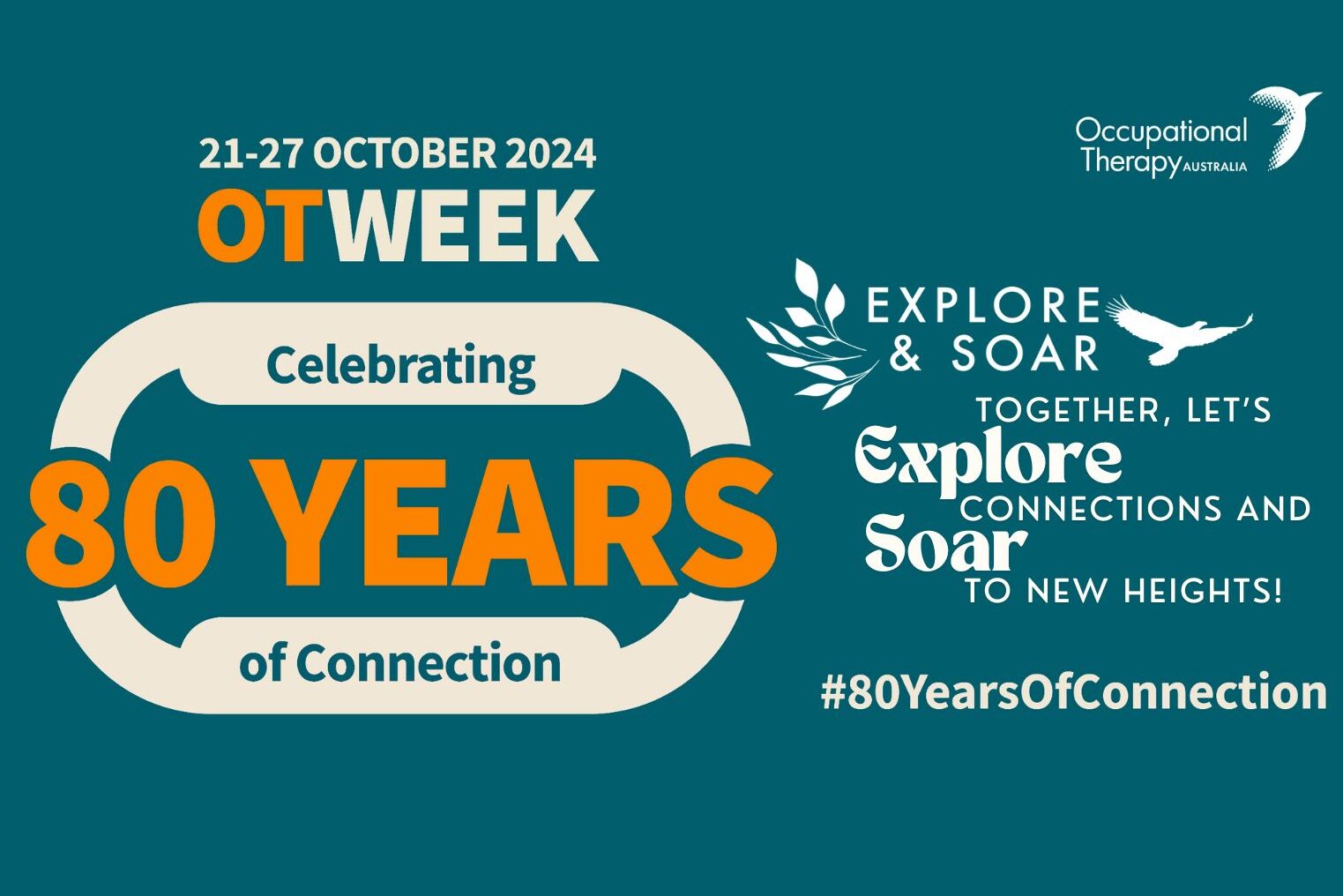
Latest Posts
- Emotional Regulation – Community for Wellbeing

- Thriving Together: Building Your Parenting Community and Networks

- Welcome to 2025: A Year of Community and Wellbeing!

- Embracing Transitions and Growth: A Year of Learning and Achievement

- The Power of Play: Supporting Transitions in Your Child’s Development



